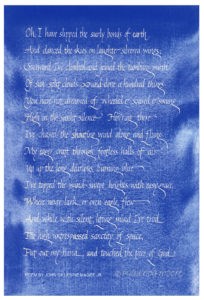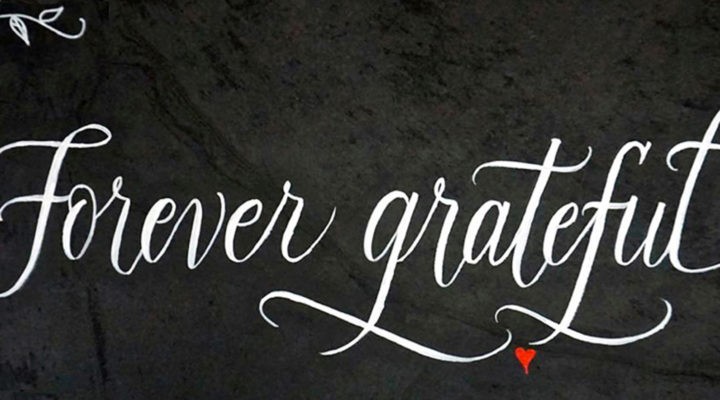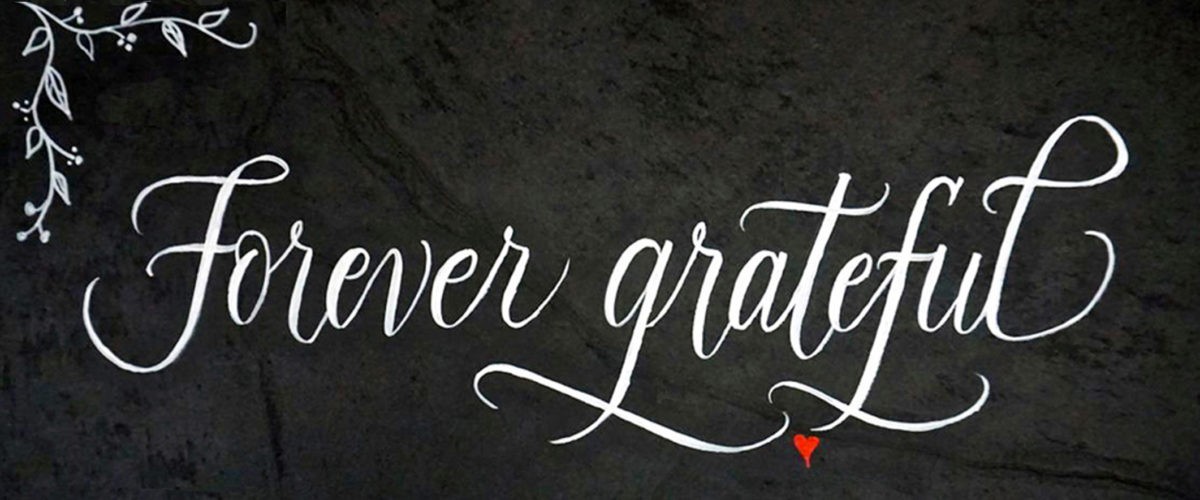In the United States, Memorial Day belongs to those who died serving in the military. While my dad survived two wars, we often were reminded that many didn’t. He always kept up with his “buddies” at reunions.
We didn’t hear much about war experiences, but our family learned a lot from his attitude and actions. One of my childhood memories comes from “High Flight.” Dad had been a paratrooper in Normandy during World War II, so this poem spoke to him. (You may remember that it was shown on television screens as a nightly sign-off just before the fuzzy “snow.”) Dad often lingered to read it, one more time — until the next time.
 “High Flight” captures the spirit of soaring through the clouds. A few months before John Gillespie Magee Jr. was accidentally killed in mid-air, the 19-year-old pilot had sent this poem to his missionary parents. Some or all of it may be found on headstones at Arlington National Cemetery, on the back of the Space Shuttle Challenger Memorial, and in numerous books, films, music.
“High Flight” captures the spirit of soaring through the clouds. A few months before John Gillespie Magee Jr. was accidentally killed in mid-air, the 19-year-old pilot had sent this poem to his missionary parents. Some or all of it may be found on headstones at Arlington National Cemetery, on the back of the Space Shuttle Challenger Memorial, and in numerous books, films, music.
Another poem, “In Flanders Fields,” was written by Canadian physician Lt.-Col. John McCrae, who treated injured soldiers during World War I. The red poppy it references has become a prominent symbol, particularly in Canada, where “In Flanders Fields” is one of the nation’s best-known literary works. The poem is widely associated in the U.S. with Veterans Day and Memorial Day.
Instead of the traditional parades and community barbeques, this year most will quietly reflect on life itself. The pandemic has affected Americans with loss, one way or another, and Memorial Day deepens their sadness. Hearing familiar words or poems can bring comfort.
As a calligrapher, working within the coexistence of life and death happens unexpectedly. A phone call connects me to a new voice that expresses both pain and gratitude. I eventually hear myself asking, “How would you like them to be remembered?” Sometimes we use things from the natural world because, as Shakespeare said, “One touch of nature makes the whole world kin.”
A few years ago, a colleague’s beloved partner suddenly passed, and a celebration of life was planned in a setting overlooking the ocean. I was asked to create a keepsake card that they attached to a package of seeds. Guests were invited to plant the seeds in his memory — a fitting honor for a man who’d contributed much to the world but left too soon.
Another time, a woman who’d lost her son chose not to provide any details. She brought a small piece of slate to my studio, an irregular, rough surface that I said I’d never worked on before. After research and a little prayer, I called her and then brush-lettered “Forever Grateful” on it for the family gathering. When she came to pick up the finished piece, she brought a beautiful bouquet of flowers.
“I’m often brought to tears with these clients. I work a little differently for them. Life matters. Time doesn’t.”
I’m often brought to tears with these clients. I work a little differently for them. Life matters. Time doesn’t.
In grief, the truth that “life is fragile” is sadly acknowledged, but beyond tears lies the potential mystery of the human spirit. Sometimes it gains a contagious energy, a new purpose. I’ve been blessed to see this strength in clients as they reach out to others with grace and love.
One was a grandmother who planned, at her passing, for her granddaughter to receive a card I designed with a pretty teacup. She left this gift as a remembrance of their special tea times together. The poem asks the reader not to dwell upon death, but instead, to celebrate life.
Another client channels some of her grief from losing a son into sending an annual card to others. She chooses an inspiring, caring quote that we design together. These heartfelt creations are a highlight for both of us over a few months, and her thoughtfulness is always well-received.
In the soul-searching, mega award-winning “Nomadland,” we see how America’s increased homeless population lives — and dies. One of the movie’s most poignant scenes is when Swankie (who in real life really does live in a van) revealed her cancer diagnosis and imminent death to a new friend, Fern. Rejecting sympathy, Swankie assured Fern that she’d chosen to remember her life as one of adventure.
“I hope you find or send words of comfort and inspiration and that lifting up their life to the Creator brings you peace.”
She recalled kayaking alone on a Colorado lake, when she came upon a huge swallow’s nest. As hundreds of birds flew around her, she glanced at the water and saw a reflection of herself, flying with them. It was “awesome,” Swankie declared. This exhilarating experience was a moment of spiritual awakening for her, and she lifted her face up to God to say she’d done enough; she was ready to go.
Later when fellow travelers gathered to honor her memory, they threw rocks into the flames of a burning fire to remember Swankie’s authenticity, her spirit of resilience and her gratitude for the gift of life.
Of the many ways to honor those you’ve lost — flowers, poetry, music, books, cards and movies — I hope you find or send words of comfort and inspiration and that lifting up their life to the Creator brings you peace.
Bob Vila writes more about Memorial Day’s interesting history, including that, “On May 1, 1865, more than 1,000 newly freed slaves, as well as members of the U.S. Colored Troops and white residents of Charleston, S.C., met in a prisoner of war camp to honor the Union dead. They sang hymns, recited Scriptue and laid flowers on the newly consecrated graves. This gathering preceded the official observance of Memorial Day by three years.”

Phawnda Moore
Phawnda Moore is a Northern California artist and author of Lettering from A to Z. In living a creative life, she shares spiritual insights from traveling, gardening and cooking. Find her on Facebook at Calligraphy & Design by Phawnda and Instagram at phawnda.moore.


